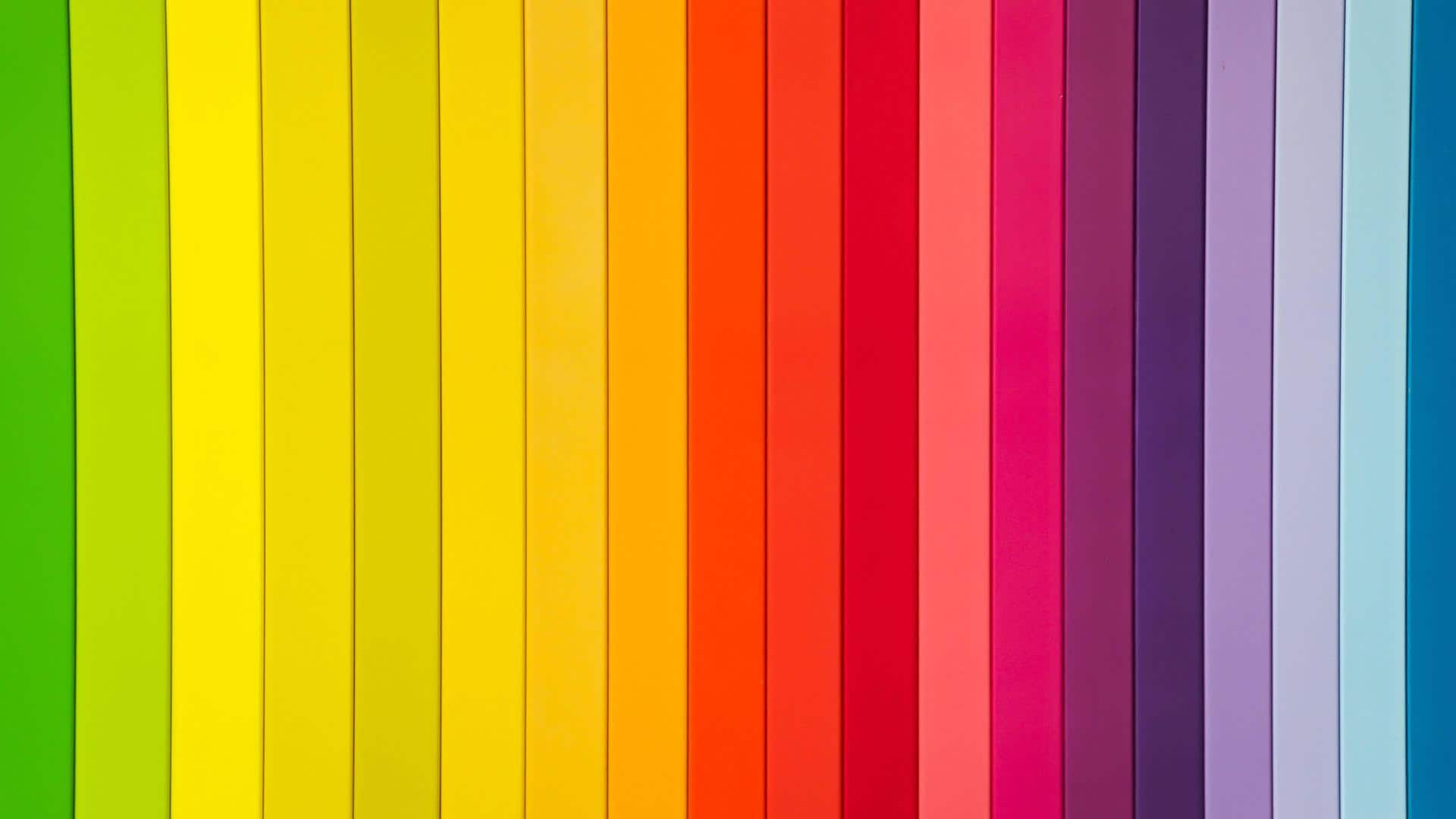
Color therapy: Here's everything you should know about it
What's the story
Here's to making your black-and-white life more colorful than ever!
Color therapy is an ancient technique from Egypt and has gained popularity over the course of time.
It is based on the premise that colors can influence human behavior and perception.
From its meaning and type of colors to techniques and benefits, here's everything you should know about color therapy.
Introduction
Color therapy is also known as chromotherapy
Also commonly known as chromotherapy, color therapy is based on the idea that colors and colored lights can help treat various physical and mental conditions.
It is believed that it causes certain changes in one's behavior and mood, as backed by research.
It has been quite popular in many countries, including India, Greece, and Egypt, becoming an effective alternative to many drugs.
Types of colors
Red, green, blue, yellow, and orange are some colors used
In chromotherapy, different colors are used to treat different conditions.
Red is used to refresh a person who's feeling tired or down.
Blue, on the other hand, is used to influence pain and depression. Its darker shades are known to have sedative effects.
Green, the color of nature, is used to reduce stress, while yellow is a mood booster.
Orange elicits happy emotions.
Techniques
Color therapy can be done through sight or reflection
There are two ways to do color therapy.
The first is through sight, in which the person looks at particular colors that elicit desired responses in their body.
The other way out is through the reflection of colors on the person's body. Research says that colors can enter our body through the eyes and skin, which makes this therapy more effective.
Uses
It's used to reduce anxiety, stress, blood pressure, aggression
Over the years, color therapy has been used to treat both physical and mental conditions.
These include stress, anxiety, depression, blood pressure, sleep disorders, aggression, skin infections, and even certain types of cancers.
Multiple studies and therapists have revealed the efficacy of color therapy against these ailments, especially ones pertaining to mental health.
More research is needed to establish the same for physical conditions.
DIY
Here's how you can practice color therapy at home
If you usually have trouble falling asleep, use dim blue or red nightlights. They are calming and conducive to sleep, as per research.
If you are feeling burdened, stressed, and frustrated, go for a walk in the park, as green is known to calm you down.
Surround yourself with yellow or orange when you want to feel more energy, as they enhance your mood.